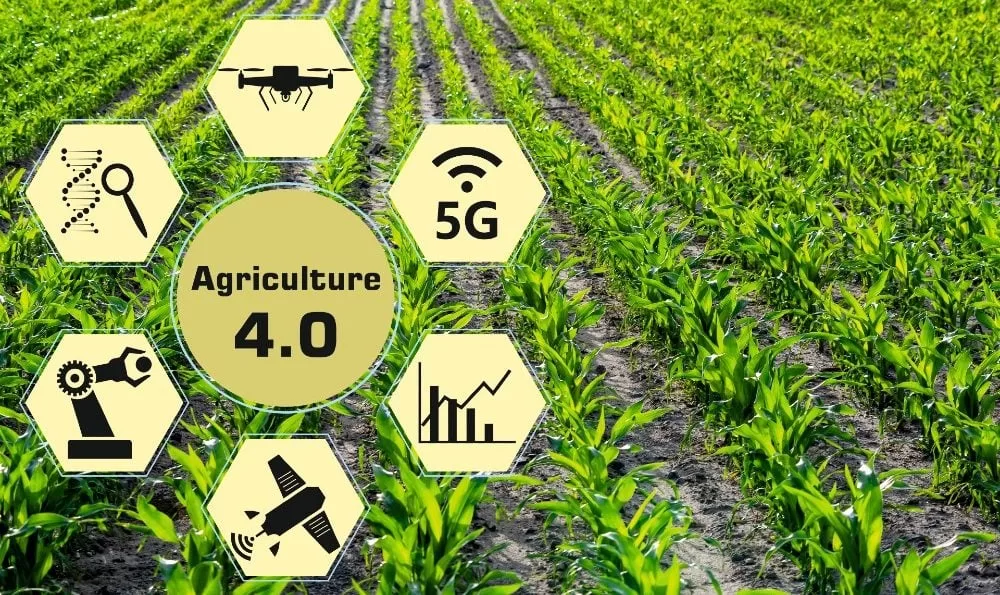OVERVIEW
Industry has made a sustained contribution to the Philippines’ economy in recent years, accounting for roughly 30% of GDP between 2017 and 2019. Sector growth was driven predominately by manufacturing, which comprised more than half of industrial output and 19% of GDP over the same period. Growth was constrained in 2020 as Covid-19 response measures impeded manufacturing activity and reduced global demand for industrial products. Even so, there were already signs that manufacturing activities had begun to recover in the second half of the year.
Meanwhile, agriculture comprised 9-10% of GDP from 2017-19. Given the sector’s importance to the economy and population – providing 22.9% of total employment in 2019 – increased emphasis has been placed on transforming traditional farming into a dynamic agri-business sector. These efforts align with the current administration’s Inclusive Innovation Industrial Strategy (i3S) and have been identified by the World Bank as key to the country’s economic rebound.
After a difficult 2020 – which began with the Taal Volcano eruption in January that caused severe disruptions to manufacturing, construction, agriculture and tourism activity – it will be necessary to address ongoing challenges to enable long-term manufacturing growth. Key among these are high production and electricity costs, inadequate infrastructure and limited basic industries. Supporting businesses in the adoption of Industry 4.0, which is the application of new digital and automated technologies to enhance production processes and service delivery, will further boost resilience and aid in the transition towards a more digitalised economy.
Structure & Oversight
The Philippine Statistics Authority (PSA) classifies firms in manufacturing, mining and quarrying, construction, and electricity, gas and water supply as industry. The manufacturing segment’s most important product in 2018 by gross value added at constant 2000 prices was food, at P721.2bn ($14.3bn), followed by radio, television and communication equipment at P378.3bn ($7.5bn), and chemical and chemical products at P251.4bn ($5bn).
Manufacturing and downstream production are overseen by the Department of Trade and Industry (DTI), whose responsibilities include increasing local and foreign direct investment; raising the competitiveness, innovativeness and resilience of industries and services; improving access to finance, production networks and markets; enhancing productivity, efficiency and resilience; and ensuring consumer access to safe and quality goods and services. The Philippine Economic Zone Authority (PEZA), which is part of the DTI, regulates and administers special economic zones, of which 74 are centred on manufacturing, 22 on agro-industry and 19 on tourism. PEZA also oversees 262 IT and two medical tourism parks, while liaising with foreign firms to attract new investment into critical industries.
Performance
Industrial revenue grew by 4.7% in 2019, down from a 7.3% expansion the previous year. The sector contributed 1.4 percentage points to GDP growth, according to the 2019 report from the central bank, Bangko Sentral ng Pilipinas (BSP). Though manufacturing grew by 3.2% in 2019, this was slower than the 5.1% seen the previous year and the lowest growth recorded by the segment since 2009. The slowdown was attributed to weak performances in a number of major products, including furniture, with production down 17.9%; coke and refined petroleum products (-15.7%); and computer, electronic and optical products (-4.3%). These downturns were somewhat offset by improved performances in recorded media, which grew by 15.2%; tobacco products (14.8%); and basic metals (13.6%).
The export of goods expanded by 2.7% in 2019 to $53.4bn, thanks to a 2.1% increase in the export of manufactured goods. One category driving this was electronic products, the shipments of which grew by 8.9%. According to figures from the PSA, the top industrial export category was electronics and electrical equipment, parts and telecom, valued at $37.6bn in 2018 and up from $36.5bn in 2017. The second-largest industrial export was machinery and transport equipment, the value of which remained consistent over the same period, at $5.1bn.
In the first quarter of 2020 industry contracted for the first time in almost a decade, by 3% year-on-year (y-o-y), reversing a 4.9% expansion for the same period the previous year. This was driven by a 3.6% contraction in the manufacturing segment, which was due not only to global value chain disruptions caused by the Covid-19 pandemic, but also to the eruption of Taal Volcano, which severely impeded manufacturing activity in Calabarzon – a region that accounts for almost 40% of the country’s manufacturing output. Industry’s contribution to GDP at constant 2018 prices fell from P2.9trn ($57.7bn) in the first half of 2019 to P2.5trn ($49.7bn) for the first half of 2020, according to data from the DTI. Manufacturing’s contribution to GDP also dropped over the same period, from P1.8trn ($35.8bn) to P1.6trn ($31.8bn).
The value of production index (VaPI) – which measures the change in monthly production values of manufacturing – reflected the downwards trend, registering a 19.2% fall in June 2020 compared to a 7.7% decline in June 2019. Although this was the fourth monthly drop in a row, the rate was less severe than the 30.1% decline recorded in May 2020, showing a sign of recovery. “The declining trend slowed in June, reflecting the gradual easing of quarantine restrictions,” Karl Kendrick Chua, acting secretary of the National Economic and Development Authority, told local media in August 2020. More recent statistics show that y-o-y VaPI figures contracted more slowly in July and August of that year, registering a drop of 17.2% and 13.8%, respectively. Other positive indicators included a slower contraction in the volume of production index, which slowed from a y-o-y decline of 37.6% in April 2020 to a 9.9% drop in August 2020.

